“The road may bend out of sight at times, but I know what lies ahead: the faraway horses.”
Buck Brannaman, The Faraway Horses: The Adventures and Wisdom of One of America’s Most Renowned Horsemen.
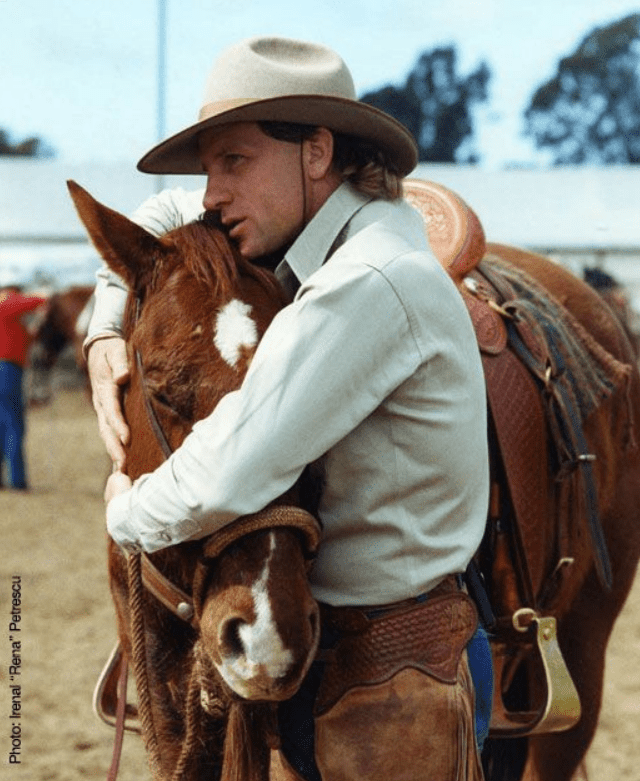
How is it that a horse can hold so much power that even Buck Brannaman, a world-class horseman, regards them as the light at the end of a very long and bending tunnel? While his professional inference includes the vast breeds of the world, Buck’s expertise lies within the realm of the American Quarter Horse, an American staple, and the topic of this article. Whether it’s team roping, equitation, cattle driving, show jumping, or even mounted hunting that floats your boat, this small but mighty horse has it all. Their contribution to the American West is a story filled with complex breeding origins, unparalleled characteristics and partnerships spread across thousands of miles. As Buck so brilliantly says, while the road ahead may not always be clear, we can always set our focus to a sturdy and reliable horse, and in this case, we are looking towards America’s Sweetheart.
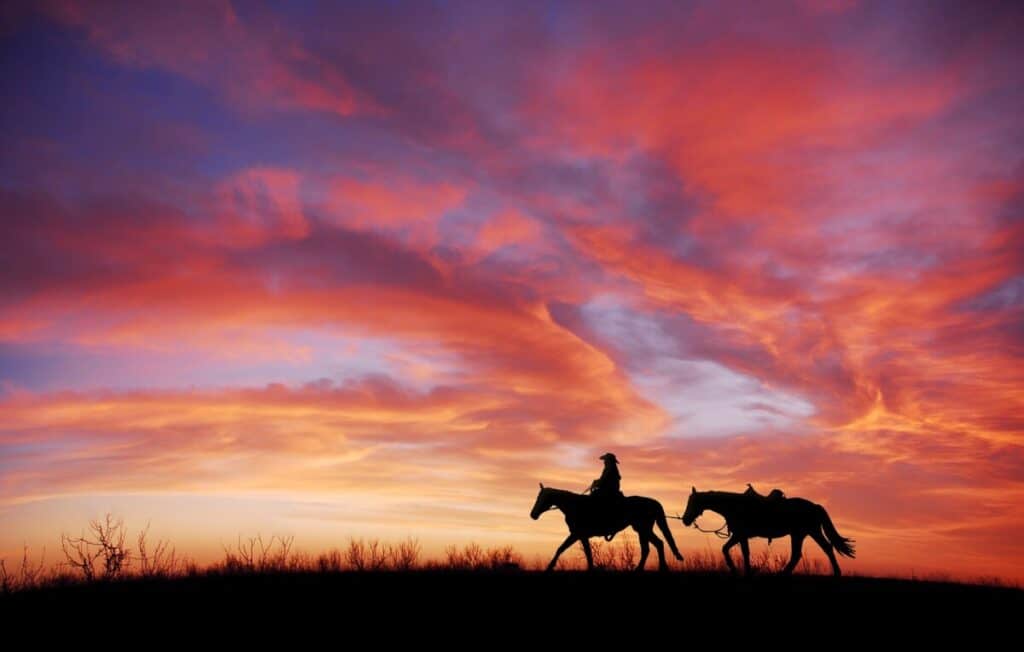
The History of The American Quarter Horse.
The time is 17 th century America, as more and more English colonists fill the shores of the vast land in search of their “American Dream”. A lifestyle built on the ideal of conquest and expansion, required a work horse to keep up with the perpetual innovations of tomorrow. The debut arrival by the Spanish Conquistadors to the now-named state, Florida, brought with them the hefty work horse known as the Spanish Barb, later to become an essential blueprint in the Quarter Horse lineage. These horses were bred for a much rougher lifestyle, one that employed them as warriors in the name of colonialism. Before their crucial move to the states, the Spanish Barb famously accompanied Spanish Conquistador Cortez through the conquest of Mexico. As the job description included ambushing entire cities, fighting wars and traveling for miles on end, this particular horse needed considerable strength and endurance. Breeding was of the utmost importance, and so by crossing the heat-adapted North African Barb with the muscular Spanish stock, the Spanish Barb was the perfect soldier’s steed.
America
America Once this breed touched ground in the Americas, they soon became the hot new commodity, like a designer handbag. Their strength matched with their adaptable athleticism made them the ideal horse for both the English colonists and the Native Americans on the land. While their pedigree was already impressive, both parties required a bit more.
The native tribe, Chickasaw, first started breeding the Spanish Barb with their various English breeds in hopes of producing a durable work horse with speed during the year 1611. This practice marks the first efforts taking place towards the true American Quarter Horse. As their efforts continued in success, English colonists caught on to this idea of perfecting the Barb horse. Englishmen, while their devotions were to the conquering of the great Americas, were not without their liberties of having some fun. Among their habits was horse racing, which further required the Barb to develop the speed of their stock through breeding practices.
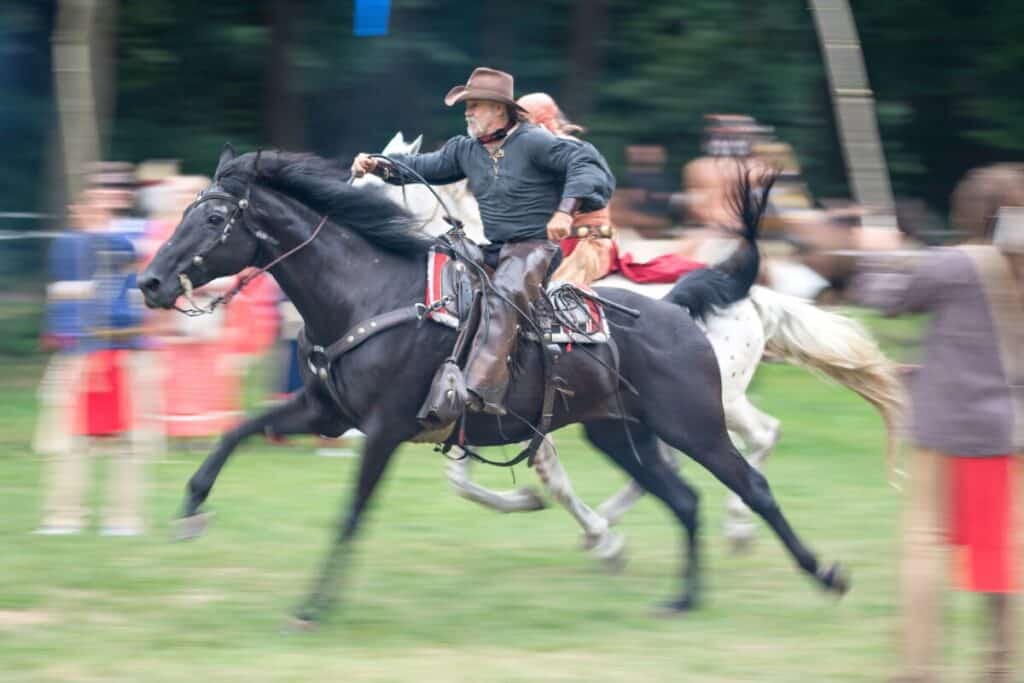
As the English began to breed the Spanish bloodline with their own, they arrived at a stock that suited both their occupational and extracurricular needs. From these crosses, both the English and the Chickasaw tribe created a versatile breed with purposes ranging from a daily work horse to a weekend racer. They were the perfect “right hand man”. For two and half centuries thereafter, the original Quarter Horse would continue to grow in popularity and change through breeding patterns and soon would earn the title of the “Celebrated American Quarter Horse”.
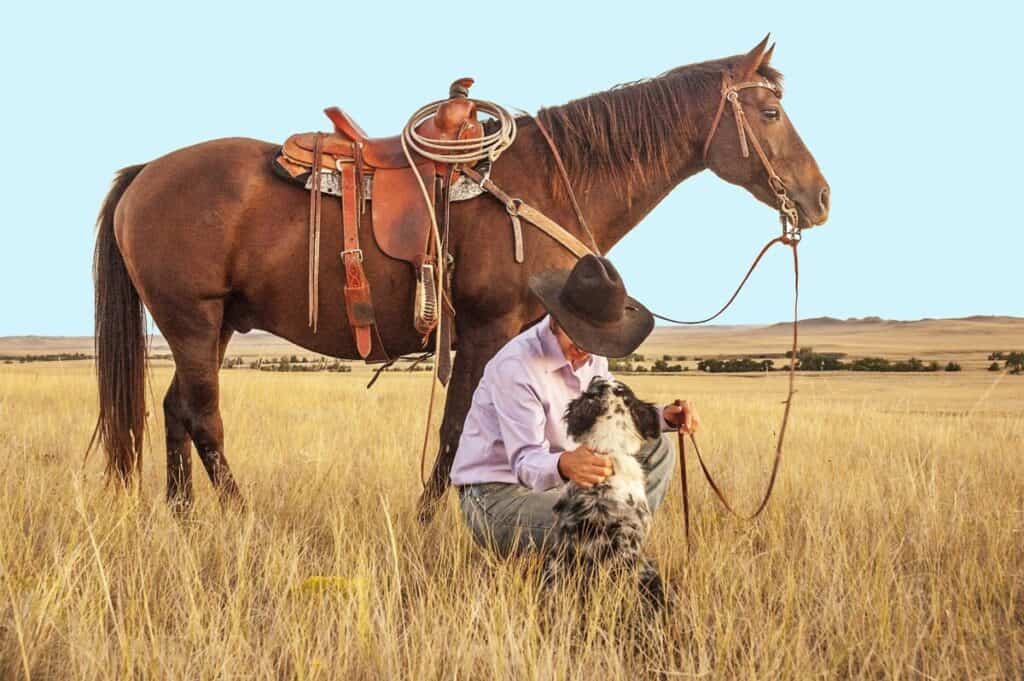
England
England Let’s take a quick trip back to colonial England, during the year 1728, to uncover yet another key component within the Quarter Horse lineage. The prized possession and racing champion of the UK, famously named The Godolphin Arabian, was celebrated by all for his outstanding racing abilities.
The Godolphin’s athleticism and record-breaking bloodline was even rumored to be one of the original sires of the Thoroughbred line. This 4-mile runner was among the best racehorses the UK had ever seen, causing his impressive name to reach far beyond English shores. It reached as far as Virginia Beach, USA, where Colonist John Randolph caught word of this Arabian’s unmatched talent. By 1752, Randolph wanted this talent for himself, by shipping one of the champion’s grandchildren to the states.
Janus was the name of this new stallion, who soon became the top breeding stallion wanted by all. He was bred to many English and Chickasaw mares in hopes of adding impeccable speed to their already durable work ethic. Technicalities suggest that Janus is not included among the many forefathers of the Quarter Horse lineage. Nevertheless, his role in their ancestral development comes with a great gravity. While these new foals weren’t destined to run at the lengths of their great grandfather, this breeding practice gave the Quarter Horse a leading edge over other breeds. Some remained in their normal fields of work, such as farming and hunting, while others competed in the occasional race.
Why Only A Quarter?
Before we dive further into the complexity that is the Quarter Horse heritage, let’s consider the very particular name that these creatures were bestowed. In the world of all things equine, it seems as though this very influential breed could have been awarded with a much more appealing title, especially considering their contribution to the American lifestyle. With breeds such as Andalusians, Percherons, Gypsy Vanners, and even Fjords, it would seem creativity would never be an issue. But, however “dull” their name may be, it has more significance than one might think.
By the late 17 th century, English colonists enjoyed the thrills of horse racing amidst a time of continual fluctuation. During this time, entire streets would be cleared out for races, where Englishmen and farmers alike would bring their best horses to battle for the gold. Some colonists, more specifically the travelers, would take pleasure in the occasional race on the road to keep things interesting, filled with bets and wagers on the expected winner. While their athleticism was superior, the breed’s endurance was designed for short distances, optimizing the work within that smaller area. Within this brief work period, the Quarter Horse’s hindquarters acted as a powerhouse that propelled them into a full gallop within a blink of the eye. In other words, their build and legs prompted an unparalleled power designed to last within a limited time frame.
The race’s distance was kept short to better accommodate for the street-styled races in addition to playing to the breed’s strengths. Oh, and the distance:
A Quarter mile for the Quarter Horse.
While Quarter Horse racing became somewhat of a tradition to the breed, it lost a great attraction during the rise of Thoroughbred racing. Considering their sturdiness and loyal personality, this loss helped to get the breed back to their pioneer lifestyle. In the name of expansion, the Quarter Horse made the perfect vehicle to trek across endless terrain, proudly carrying the men of tomorrow atop their strong backs. Their journey took them to the Midwest, Texas and eventually into the Great Plains, where the Quarter Horse was yet again perfected at a breeding standpoint.
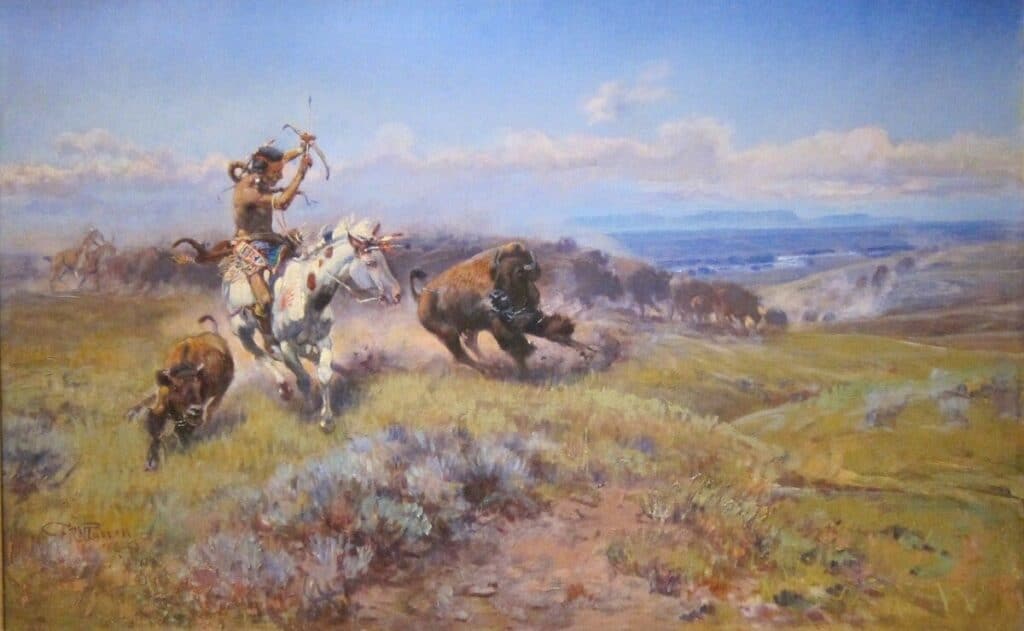
Just West of the Mississippi
Just west of the Mississippi River, backed up against the Great Plains, was home to one of the toughest mounted Indian tribes ever documented, The Plain Indians. Their resistance to domination by the government made them a staple in the history of the Americas. While their fierce nature stemmed primarily from their undying community ties, their historical importance weighed heavily upon the backs of the horses they rode. Mustangs were the free-roaming creatures of the historic North Americas, born and raised on rigid and diverse terrain making them the most familiar to the land’s harsh living conditions. Their geographic adaptability matched with the Indian’s tribal devotion made them a force not to be reckoned with. As more and more pioneer’s traveled West, they experienced this force firsthand and while lives were lost in the process, it signified a crucial part in the Quarter Horse history. Amists colonization, the celebrated Quarter Horse was then bred to several Mustang stallions to hone the all-terrain-conquering skills of the native breed. This new familial tie made the Quarter Horse the ultimate working horse, capable of braving even the roughest of land-to-weather conditions.
Texas A Home for The American Quarter Horse
Once the Quarter Horse reached the borders of Texas, it was as if the breed had found their natural home. It was here where the breed earned its reputation of being the best cow horse in the world, through means of the continual cattle drives and cross-country excursions. Soon after this newfound talent, the cattle industry boomed following the end of the Civil War.
Wild cattle herds had accumulated across South Texas, destroying farmlands and causing a state-wide headache. In order to round up these herds, there was only one horse that could get the job done. Mounted atop the trusted Quarter Horse, cowboys from all walks of life gathered and claimed the herds through western practices of roping, steer-wrestling, branding, cattle drives, and more. These drives covered thousands of miles up through the Chisholm Trail down to Kansas City. During those times, a cowboy without a horse wasn’t even a cowboy at all.
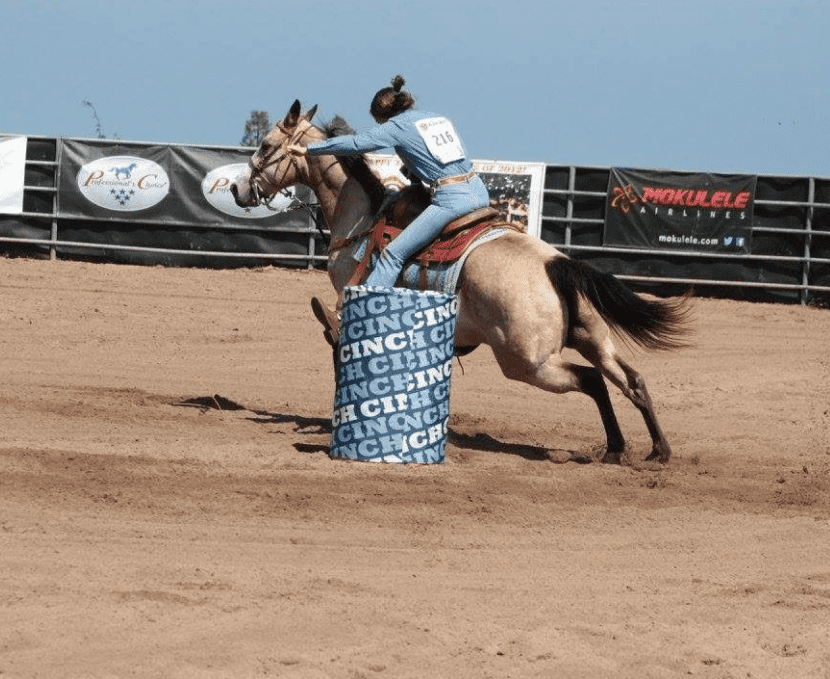
The American Quarter Horse Association
For centuries to follow, the popularity of the Quarter Horse only grew with more notable names and pedigrees. Sir Archy, an influential stallion, sired many the foundation stallions included in the breeds official registry, famously entitled the American Quarter Horse Association, founded in 1940. Among his offspring, was the impressive Steel Dust, who to this day remains in the Hall of Fame at AQHA.
This association is considered the largest equine registry in the world, with over two million horses registered. Aside from this incredible feat, AQHA hosts annual shows, rodeos and clinics to propel the Quarter Horse community, with a passion for learning and furthering the knowledge of its members. In addition to AQHA, the American Quarter horse has inspired several other associations, all of which showcase a certain skill of this magnificent creature. The National Cutting Horse Association, National Reining Horse Association, National Reined Cow Horse Association, and the National Rodeo Association are just a few to name. Within the many, both independent and state-wide, there are hundreds of incredibly talented horses that have redefined the meaning of a “work horse”, bringing it to the show arena.
The American Quarter Horse Hall of Fame
Today the most notable Quarter Horses can be found in the AQHA Hall of Fame for a variety of outstanding accomplishments. Despite the many odds against his birth, a foal named Doc O’Lena was born in the year 1967 only to make unseizable waves in world of cutting. Sweeping their first year’s National Cutting Horse Association Futurity Show, Doc O’Lena’s career was anything but dull.
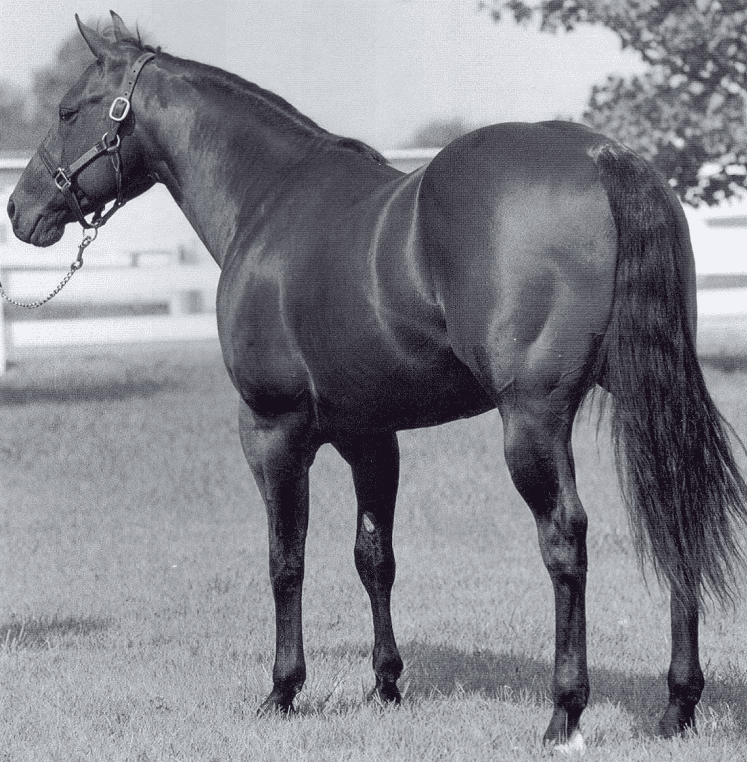
While in a lifetime the stallion was estimated to have accumulated $21,991 in earnings, his offspring were rumored to ring up a total value of $2.1 million. Not too shabby for a horse that almost didn’t exist. Horses like this might be a diamond in the rough for your everyday ranch steed, but when it comes to the Quarter Horse, you can be sure you’re in good hands, well good hoofs!
This article by Jordan Bastian originally appeared in the February 2021 Issue of Irish Sport Horse Magazine.
